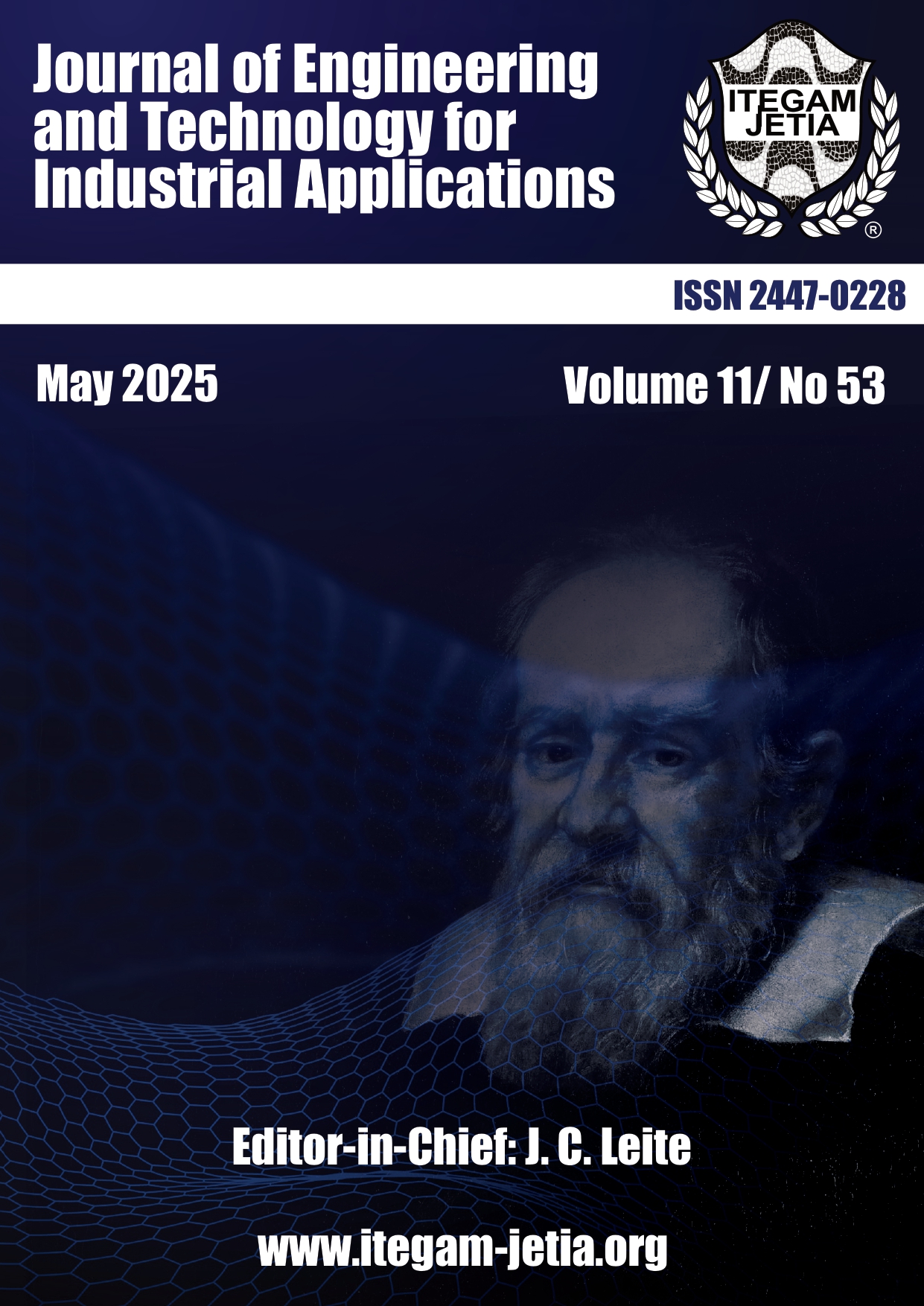Practical Implementation of a Smart Home Model Using Arduino and Sensors
Abstract
This paper focuses on the design and implementation of a physical model of a smart home with automated control systems to enhance resource management, energy efficiency, and user comfort. The model, built using wood and cardboard as primary materials, integrates multiple sensors connected to an Arduino microcontroller for autonomous operation. The smart home functions include:
Regulating fan speed based on ambient temperature using a temperature sensor.
Managing the water tank via a water level sensor to ensure optimal filling.
Controlling outdoor lighting based on ambient light intensity detected by a light sensor.
Activating a security alarm by touch detection using a touch sensor.
Dynamic solar panel orientation based on time to maximize solar energy capture.
This work demonstrates a practical and feasible approach to exploring smart home technologies, with a focus on integrating automation and renewable energy into real-world scenarios. The proposed system serves as a scalable and sustainable model for future applications, bridging the gap between theoretical research and practical application.
Downloads
Copyright (c) 2025 ITEGAM-JETIA

This work is licensed under a Creative Commons Attribution 4.0 International License.











